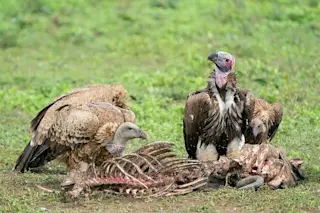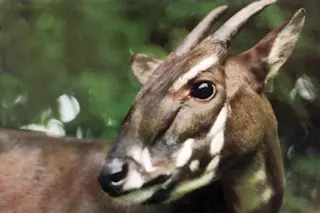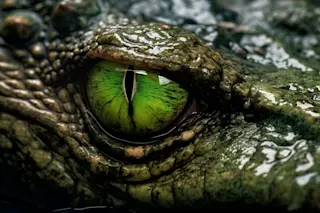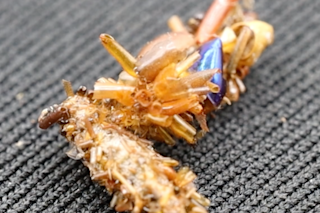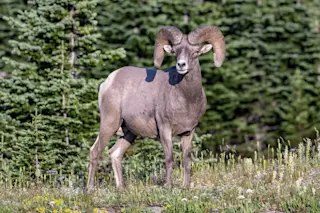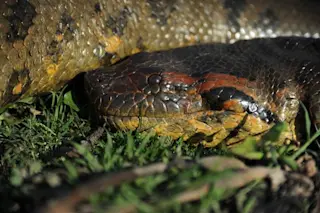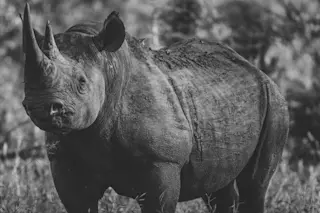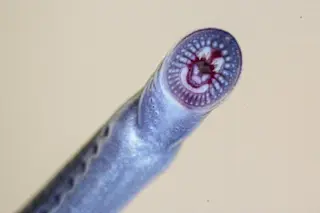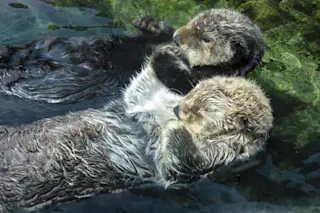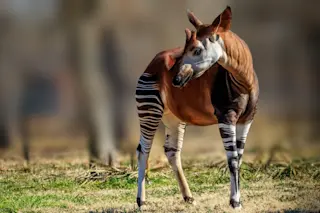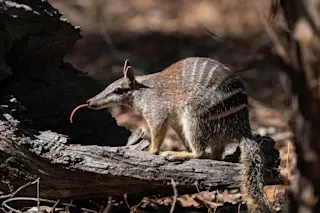In a cluttered ground-floor laboratory at one corner of the University of Washington’s Seattle campus, Sam Wasser hunches over a gray toaster-size instrument. “This is it,” he says. “This is what makes it all possible.” The device is a liquid-nitrogen-cooled mill that can pulverize a piece of tusk without destroying its DNA. Genetic detectives can then use that information to determine where in the vast continent of Africa the elephant lived and died. Over the next few months, Wasser and his team hope to unravel the origins of the largest load of contraband ivory ever seized and furnish international investigators with the data they need to crack the criminal networks that continue to devastate Africa’s elephant herds.
John Clark
Tusks grow throughout an elephant’s life and can weigh up to 130 pounds. One study noted that the average weight of a traded tusk dropped from 22 pounds in 1979 to ...



